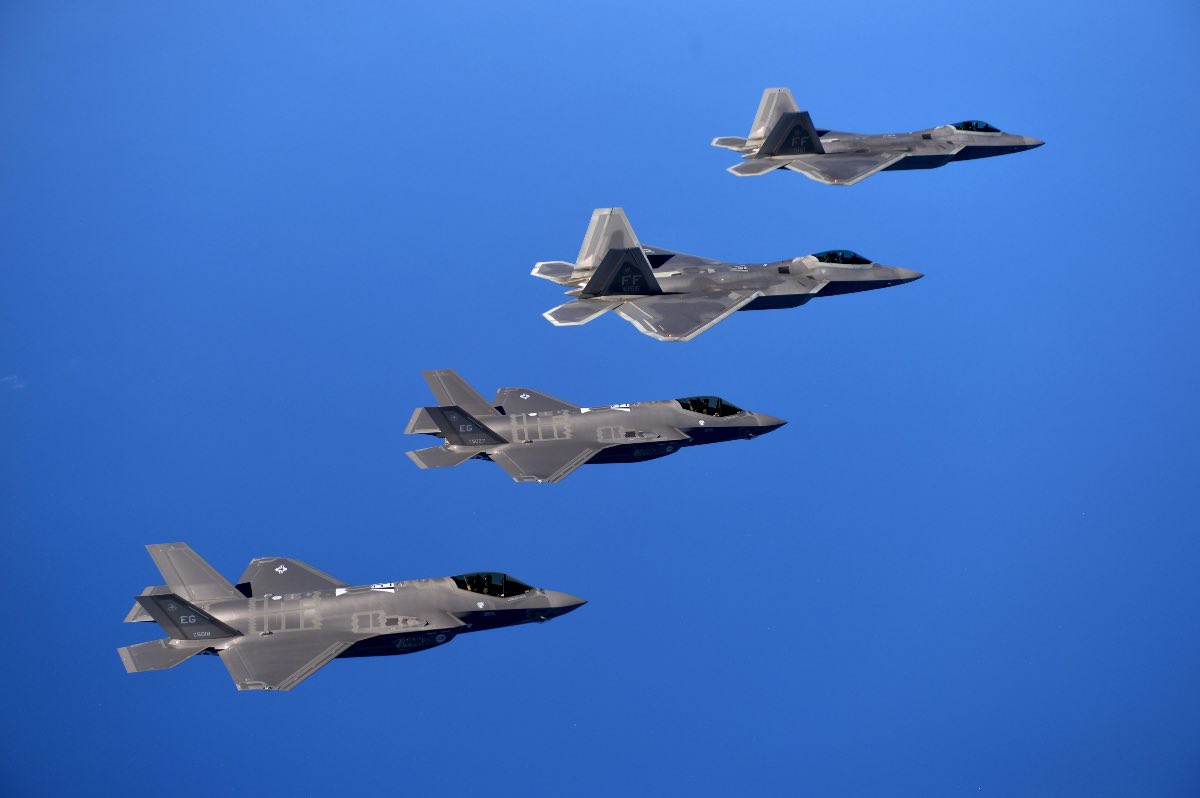The F-22 Raptor Facts: 30 Things to Know
The F-22 and F-35 Compliment One Another in Combat

The F-22 and the F-35 are both used in today’s military landscape, but the F-35 probably gets a little more action than the Raptor. Why would that be? Well, the F-22 was designed for specific scenarios, engaging in combat with nations with advanced weapons and keeping our men in the skies safe. The F-22 has other capabilities but they weren’t necessarily optimized for that purpose, and with the F-22 being the expensive piece of equipment that it is, it was important to have another capable vehicle to carry out other missions and serve as a counterpoint to the F-22. That’s where the F-35 comes into play. The F-35 is tougher and better designed for air to ground combat as well as a number of other uses. It can take care of itself when it needs to, and it can work in tandem with the Raptor. Furthermore, the F-22 was built only for the US Air Force while the F-35 can be produced for our NATO Allies.

